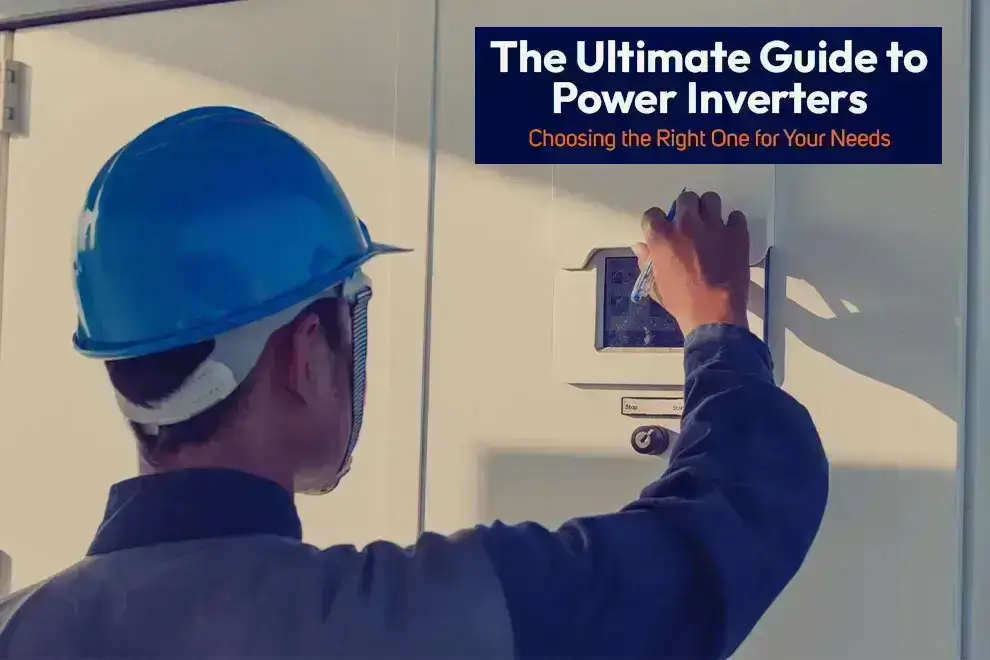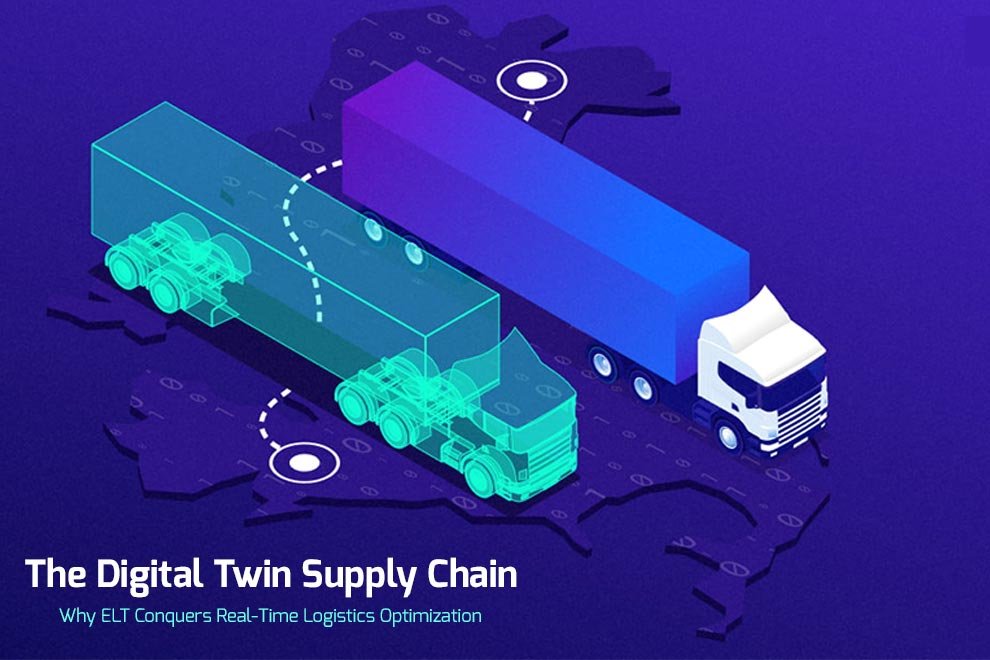Power inverters are essential for efficiently converting power for various devices and applications, especially as the demand for portable power and renewable energy grows.
They convert DC (direct current) power from batteries into AC (alternating current) power, which is used by most electronics.
This guide will cover different types of power inverters, their applications, and important features to consider. Whether you need to power a small device or a solar system, you’ll find helpful information to make the right choice.
What Are Power Inverters?
Power inverters are devices that convert DC power, typically from a battery or renewable energy source, into AC power, which is compatible with most home electronics and appliances.
This conversion is crucial because batteries, solar panels, and other direct power sources naturally produce DC power, while the appliances in our homes require AC power to function. By bridging this gap, power inverters enable us to use sustainable power sources and battery power across many applications.
Types of Power Inverters
Choosing the right type of power inverter depends on your power needs and the devices you intend to use. Each type offers unique benefits and is suitable for different applications
Pure Sine Wave Inverters
Pure sine wave inverters generate a smooth, clean sine wave, closely replicating the type of power supplied by the grid. They are ideal for sensitive electronics, such as laptops, medical equipment, and home appliances, which rely on stable and consistent power.
Modified Sine Wave Inverters
Modified sine wave inverters produce a wave that is close to a pure sine wave but with slight variations. This type of inverter is more budget-friendly and works well for simpler devices, such as power tools, lights, and small appliances.
Square Wave Inverters
Square wave inverters generate a simple, square wave output and are typically the least expensive option. They are only suitable for basic applications, like heating elements and simple motors.
Most electronics will not work with square wave inverters, making them suitable only for specific low-cost, low-demand uses.
Key Features to Consider When Choosing a Power Inverter
When choosing a power inverter, selecting the right features is essential for maximizing efficiency and meeting your power needs. From wattage capacity to safety features, understanding the core specifications can help ensure reliable performance and long-term durability.
Power Output Capacity
The power output of an inverter, measured in watts, determines how many devices it can support. Before choosing an inverter, assess the total wattage of the devices you intend to power.
For instance, laptops, phones, and small lights have low power requirements, while air conditioners, refrigerators, and large appliances need higher wattage.
Efficiency
An inverter’s efficiency is crucial, especially for solar and battery-powered systems where conserving energy is important. High-efficiency inverters reduce energy loss during conversion, helping you get more use out of your power source. Typically, pure sine wave inverters offer the best efficiency but come at a higher cost.
Input Voltage
Different power sources offer different voltages, usually either 12V, 24V, or 48V DC. When purchasing an inverter, make sure it matches the voltage of your power source. For example, a 12V battery system requires a 12V inverter to operate correctly.
Size and Portability
Power inverters come in various sizes, from compact, portable units to large inverters for permanent installations. Portable inverters are ideal for car trips, RVs, and camping, while larger inverters are commonly used in home solar systems.
Safety Features
Choose inverters with built-in safety features. They should have overload protection, low-battery shutdown, and thermal shutdown. These features matter if you’ll use the inverter for long periods or with sensitive electronics.
Exploring Power Inverters for Solar Systems
With the rise of solar energy, inverters designed for solar systems have become a popular choice. Solar inverters convert DC power from solar panels into AC power for homes. This allows appliances to run on renewable energy. There are three main types of solar inverters:
String Inverters
These inverters connect a series of solar panels (a string) to convert the power for home use. They are cheap and reliable. But, if any panel in the string is shaded or underperforming, they can lose efficiency.
Microinverters
Microinverters are installed on each solar panel. They let each one run independently. This setup is more efficient and performs better in different lights. But, it is usually more expensive.
Hybrid Inverters
Hybrid inverters are versatile. They can work with both solar panels and batteries. This lets you store excess energy. They’re ideal for homes looking to optimize energy use and provide backup power during outages.
Solar inverters are crucial for using solar power at home. They often include features like monitoring and backup battery connection.
Common Uses for Power Inverters
Power inverters serve a wide range of applications, making them invaluable for both home and on-the-go power solutions. These devices provide versatile, reliable energy. They run small household devices during outages and power essential RV equipment.
Home Power Backup
Power inverters are vital for home backup systems. This is true in areas with frequent power outages. With a reliable inverter connected to a battery bank, you can keep essential appliances running during outages.
RV and Camping
Inverters power lights, cooking gear, and devices in RVs and camps. They are vital for outdoor enthusiasts. They bring the comforts of home to the outdoors. A 12V inverter, linked to a car battery, can suffice for smaller setups. For longer stays, a larger inverter may be needed.
Vehicle Use
Vehicle power inverters convert a car’s DC power to AC. This lets you charge phones, run small devices, or power larger appliances on long road trips. These inverters are useful for anyone on the road. So, they are popular with truck drivers, campers, and van lifers.
Solar Energy Systems
Solar power systems rely heavily on inverters to convert the DC power generated by solar panels into usable AC power for household appliances. As mentioned, exploring the function and importance of solar inverters reveals how essential they are for any solar setup, particularly for those looking to transition to renewable energy sources.
Finding the Right Power Inverter for You
Choosing the right power inverter depends on your needs. Consider the devices you want to power, where you’ll use them, and the available energy source. Understanding solar inverters’ function and importance can help you. It will let you choose a model that fits your budget and performance needs.
Power inverters continue to evolve with technology, making it easier than ever to power devices sustainably and reliably.
Check the rest of our site for more!
Also Read: What is the cost of solar panels in India?










